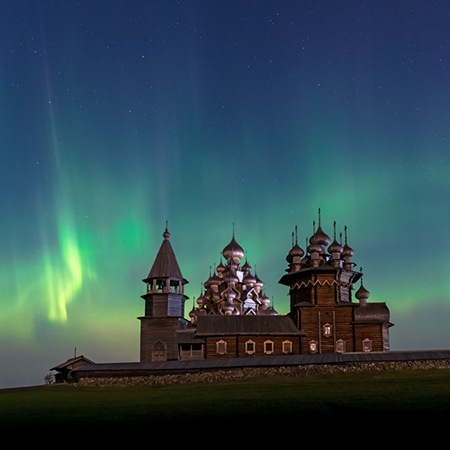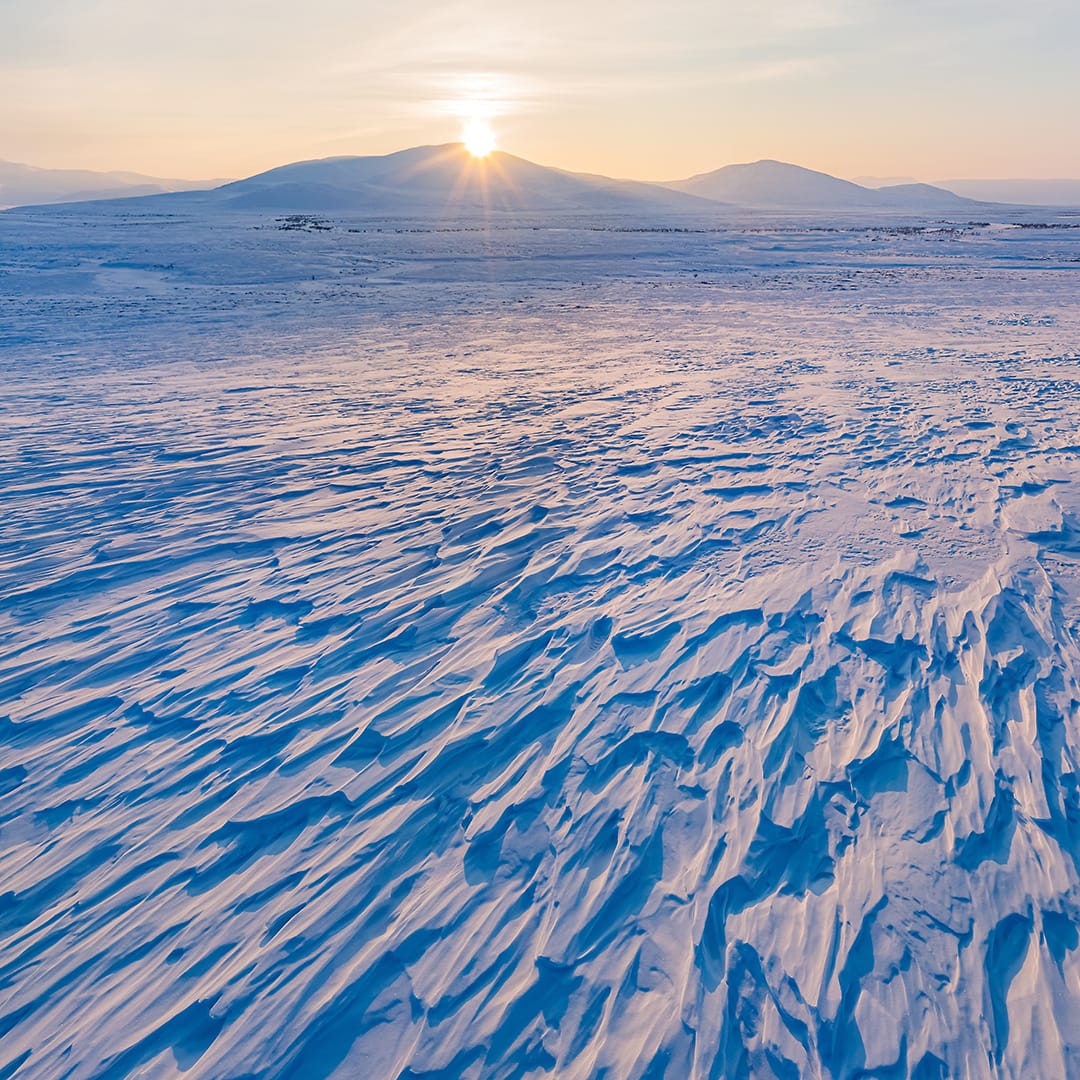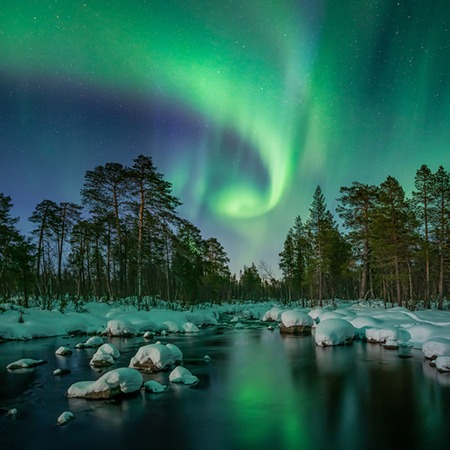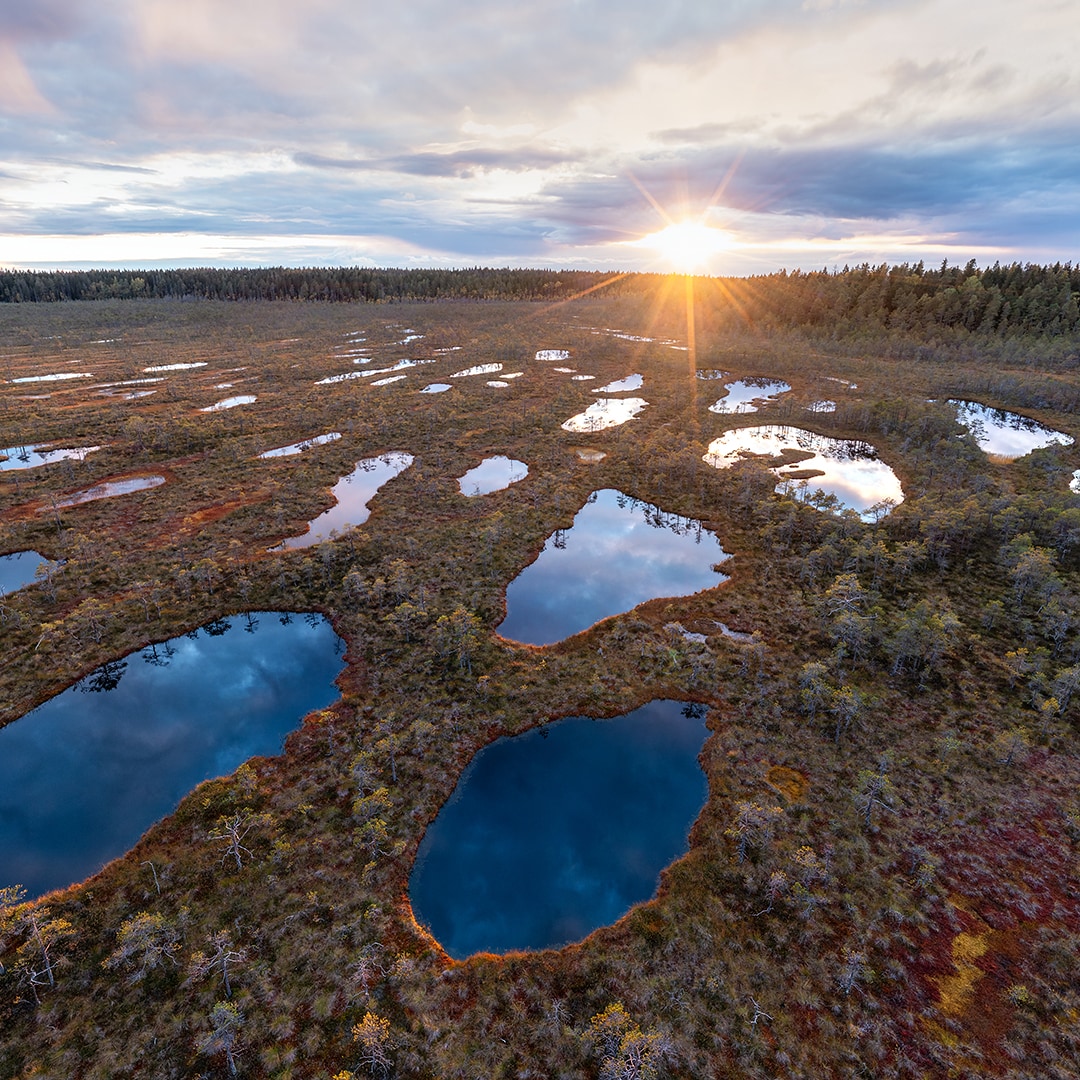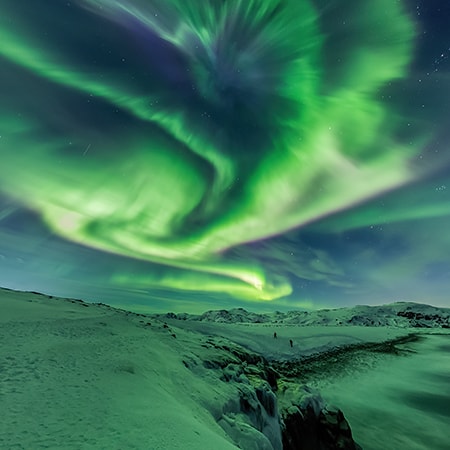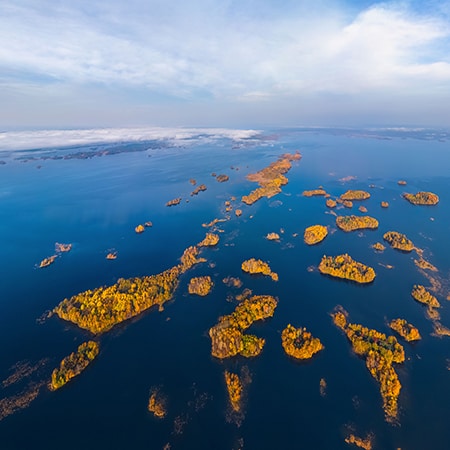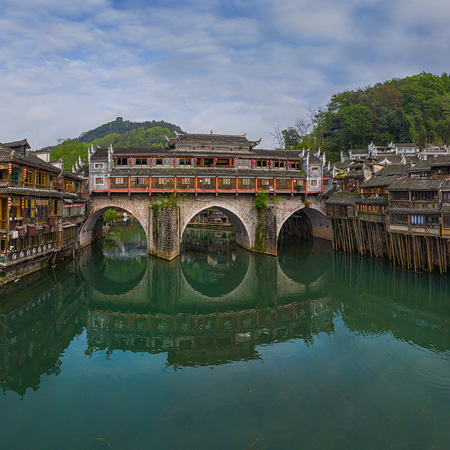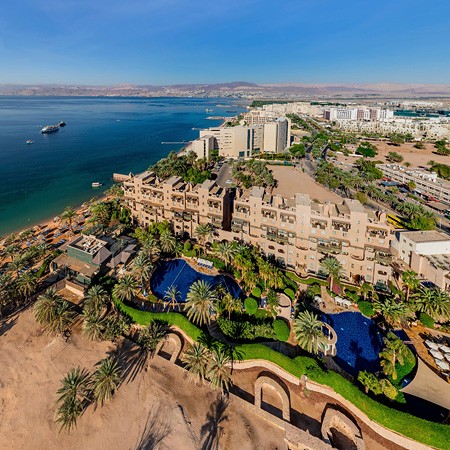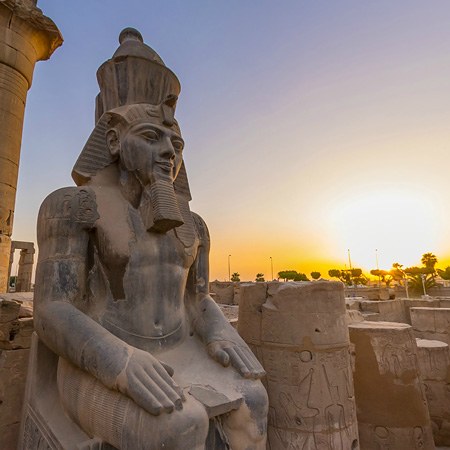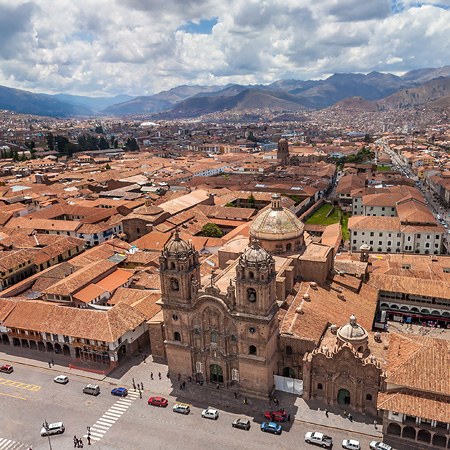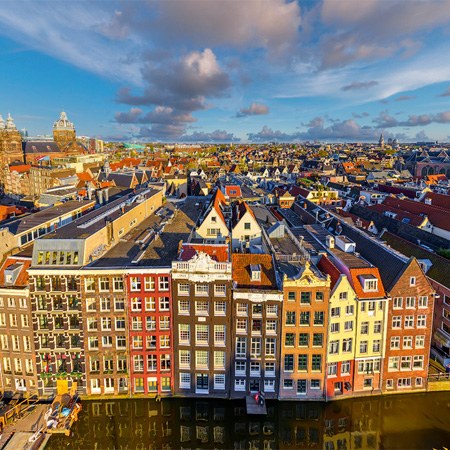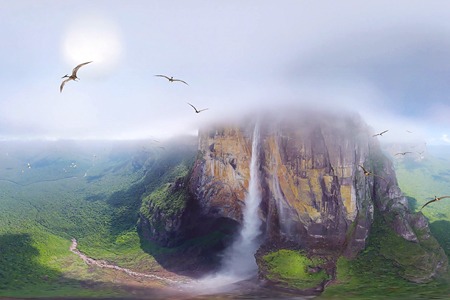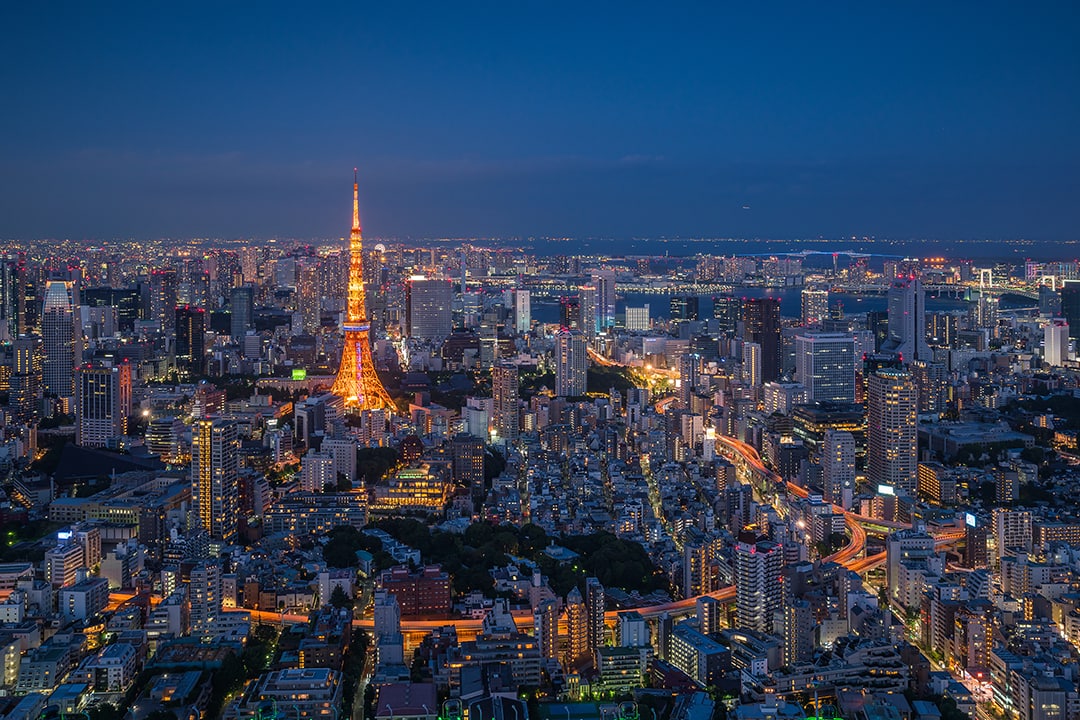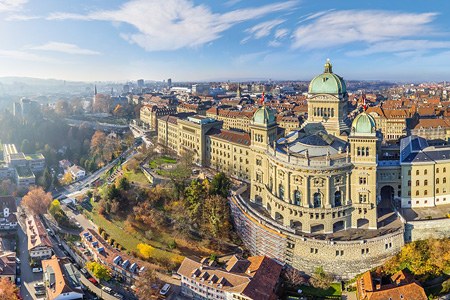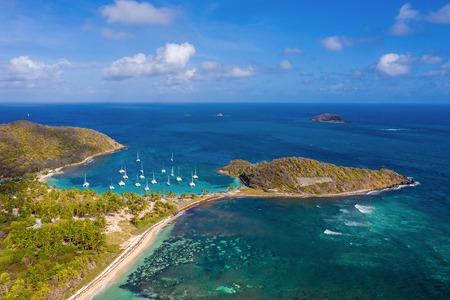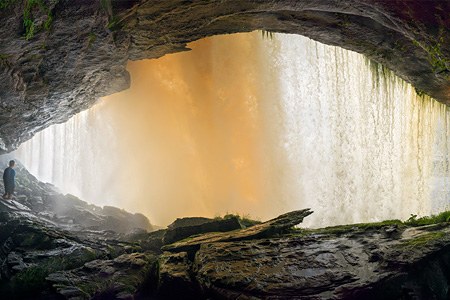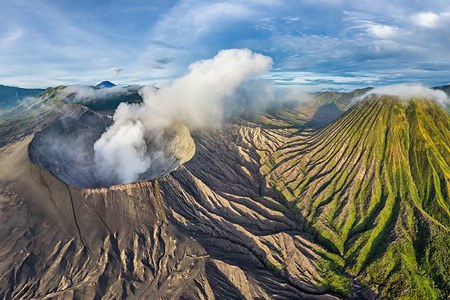Kizhi. The wooden wonder of Russia
In the northern part of Lake Onega, there is an island known all over the world: it is named Kizhi. A nature reserve protecting rare animal and plant species was created here. But definitely, the major landmark of the island is its architectural complex, Kizhi State Open-Air Museum of History, Architecture and Ethnography.

The first inhabitants of this site, the Slavs, Karelians and Vepsians, started to reside on the island back in the 10th century. The etymology of the word Kizhi is uncertain. According to one version, it derives from the Vepsian word "kidz" ("moss growing on the bottom"). It is also possible that it came from another Vepsian word "kisi" meaning "place for games, celebrations".

In the 15th century, these lands became a part of the Grand Principality of Moscow and were first mentioned in the records as the pogost of Kizhi (enclosure of villages). Copper and iron ore deposits were found in this area giving the start for the industrial growth.

Centuries later, the majority of the settlements went into decline and a new chapter in the history of Kizhi began in 1966 when the decision was made to restore two wooden churches and a belfry. Then wooden architectural monuments from other historical villages of Zaonezhie were moved here so now it has become one of the greatest open-air museums in Russia.

In 1990, the entire architectural ensemble of the Kizhi Pogost was listed as a UNESCO World Heritage site. It is a stunning example of the Old Russian architectural art and the ultimate mastery of craftsmanship.

The most noticeable construction is the Church of the Transfiguration built in 1714 on the site of the old one which was burnt by lightning. The church rises at 37 meters. The whole wooden frame was made without using a single nail: several were used only for fixing certain details on domes. The church counts 22 of them arranged in tiers: it creates an astonishing rhythmic effect.

Another great monument of Kizhi is the Church of the Intercession of the Virgin built in 1694 and rebuilt 70 years later. Configured as a prolonged rectangle, it is 32 meters long and 8 meters wide with a height of 26 meters.

The bell-tower of the Kizhi Pogost was constructed in 1863 on the site of the previous one, as well. Wood is a good material which has certain disadvantages: its main enemies are time and the severe northern climate. Over the past centuries, the belfry was repeatedly restored, most recently in 1991.

Another interesting feature of Kizhi is the fence: it is a timber construction with a gable roof resting on a tall boulder basement and stretching for around 300 meters. The main entrance with a double-leaf gate faces east near the Church of the Intercession.

Among other magnificent monuments of the ancient Russian architecture on Kizhi island, there is an eight-winged windmill designed by a peasant N.Bikanin in 1928. It was brought here from Volkostrov village. As for the Church of the Resurrection of Lazarus, it is smaller and not as refined as the neighbouring buildings but is one of the most ancient wooden churches in Russia: it was built in the second half of the 14th century by the founder of the Muromsky Monastery.

The island possesses around 70 monuments such as bell-towers, peasant dwellings, farm buildings telling the history of Russia. The virtual journey created by AirPano will let you feel the unique atmosphere of this place, admire the skilful creations of the ancient masters and enjoy harmonious landscapes of the Russian North.

We express our gratitude to the staff of the Kizhi Museum and personally to the director E.V. Bogdanova, as well as Dmitry Dyugay for the help in organizing the filming.
Special thanks to Roman Tokarev from Insta360 Russia for the provided equipment.
Video by Stanislav Sedov and Sergey Rumyantsev. Photos by Sergey Semenov. Stitching by Ivan Roslyakov and Nikolay Denisov
16 December 2020
Read more
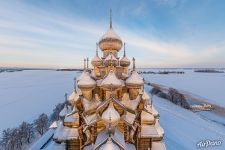 Church of the Transfiguration in winter
Church of the Transfiguration in winter
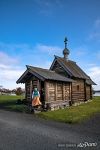 Chapel of the Resurrection of Lazarus from Murom Monastery
Chapel of the Resurrection of Lazarus from Murom Monastery
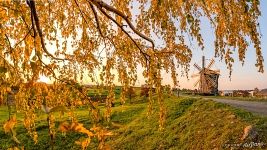 Windmill in Yamka village
Windmill in Yamka village
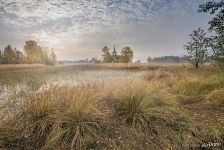 Kizhi
Kizhi
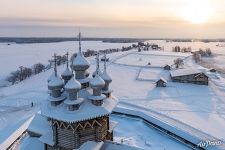 Kizhi in winter
Kizhi in winter
 Spinning wheel
Spinning wheel
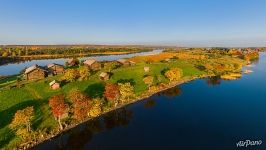 Pudozhsky sector
Pudozhsky sector
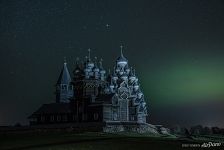 Northern lights above the Church of the Transfiguration
Northern lights above the Church of the Transfiguration
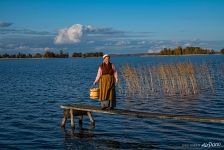 On the lake
On the lake
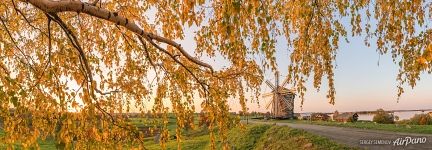 Panorama of Yamka village
Panorama of Yamka village
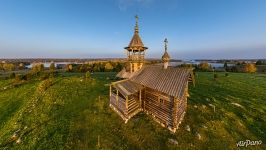 Chapel in the name of the Not-Made-by-Hand Image from Vigovo village
Chapel in the name of the Not-Made-by-Hand Image from Vigovo village
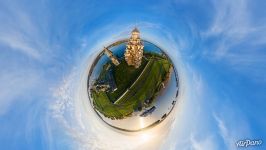 Kizhi Pogost Planet
Kizhi Pogost Planet




